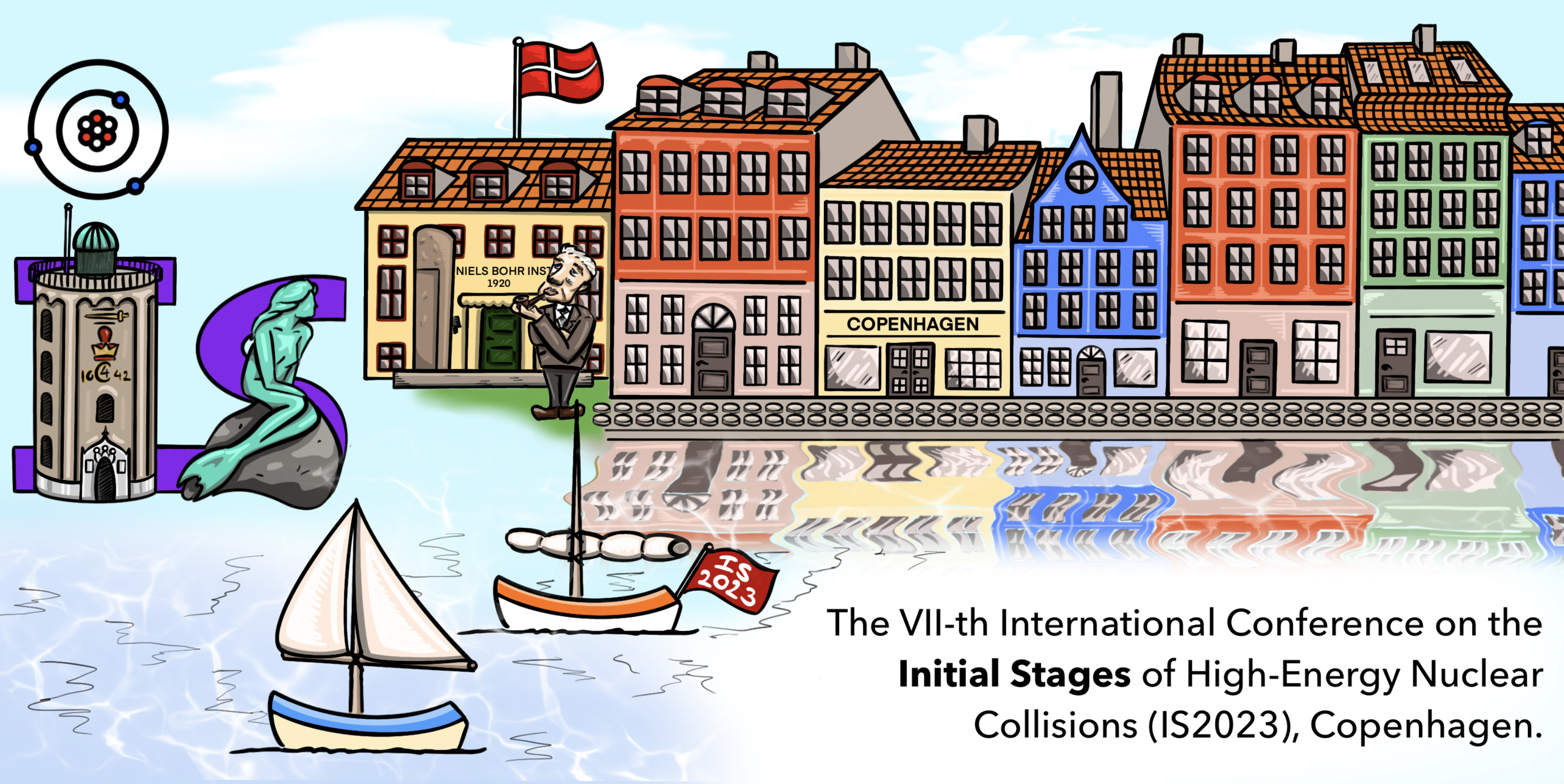Speaker
Description
Ultraperipheral heavy ion collisions provide the first opportunity to study collisions between photons and heavy ions in high-energy colliders. In these collisions the beam particles have a large impact parameter such that no hadronic interactions occur but a low-virtuality photon emitted by a beam particle may collide with a particle from the other beam. Several recent experimental analyses have been prepared to study e.g. exclusive hadron production, dijet production, multiplicity distributions and two-particle correlations in these collisions that provides a complementary system to study initial stages of heavy ion collisions.
In this talk I will present our current framework to simulate photon-ion interactions with Pythia 8 general-purpose Monte Carlo event generator. A quasi-real photon may fluctuate into a hadronic state and in fact this hadronic contribution will provide the bulk of the photon-hadron cross section. In case of a heavy-ion target the partonic structure of the resolved photons give rise to additional interactions between the photon remnants and the target nucleons increasing the multiplicity of such events. As a first step we have applied vector-meson dominance to model the resolved photon and applied Angantyr model in Pythia to provide collisions between the heavy ion and the different vector-meson states. We compare our setup with the a photoproduction framework with proton target and with the existing HERA data. Then we provide comparisons of our approach to the recent ATLAS data including multiplicity and rapidty distributions of charged particles and study whether the observed two-particle correlations could be explained without explicit collectivity.
| What kind of work does this abstract pertain to? | Theoretical |
|---|---|
| Which experiment is this abstract related to? | Other |
